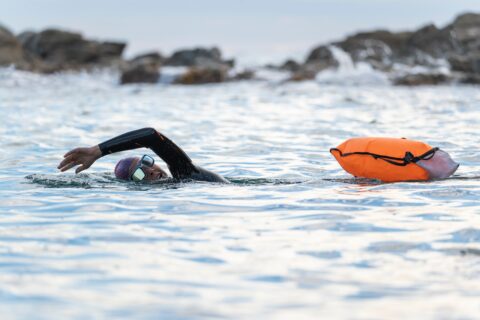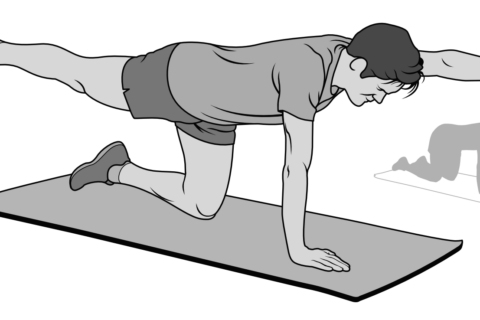Looking to increase your run mileage and stay injury-free? The work starts in the gym—and we’ve got all you need to know to do it.
Looking to increase your run mileage and stay injury-free? The work starts in the gym—and we’ve got all you need to know to do it.




